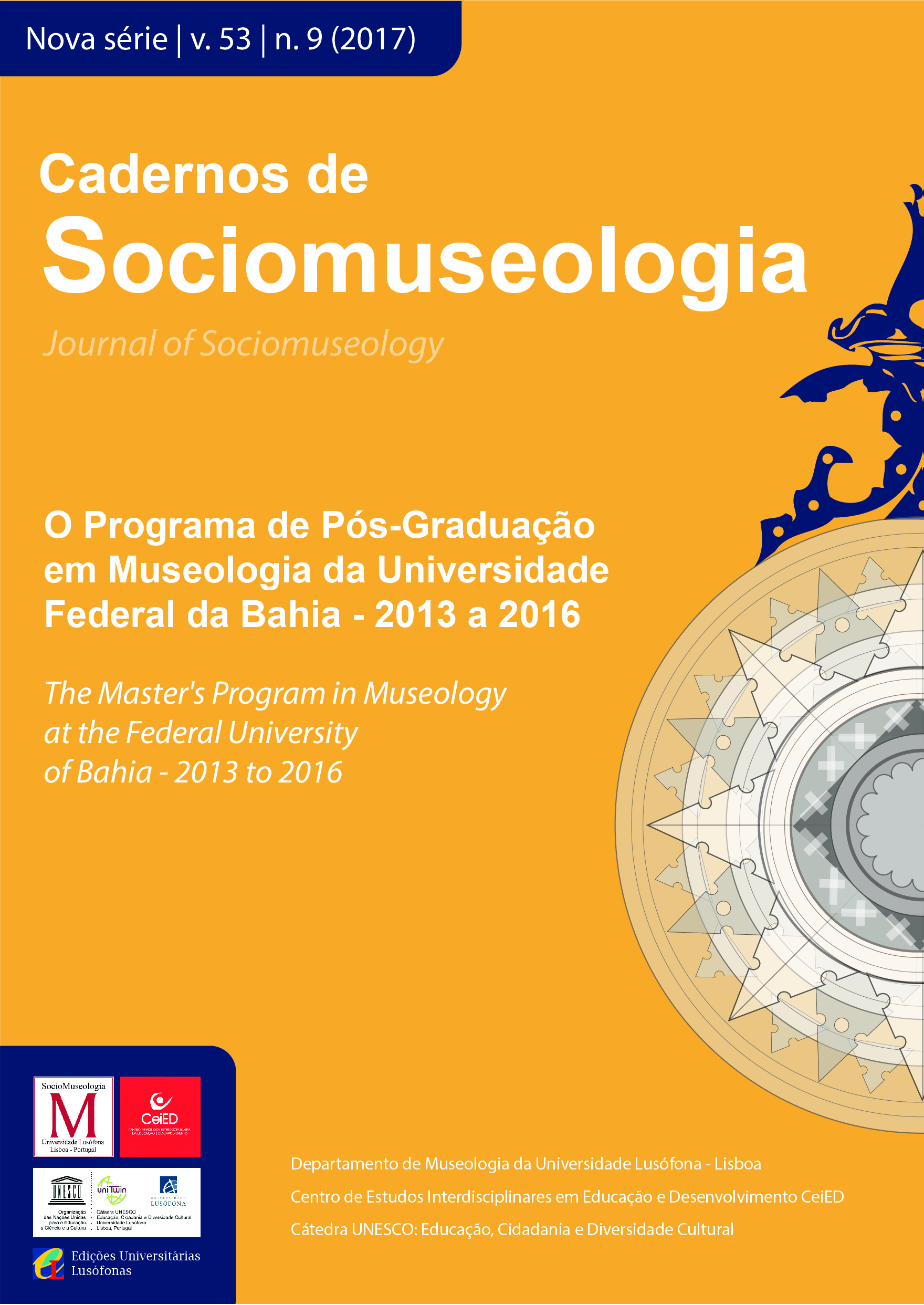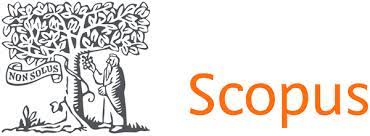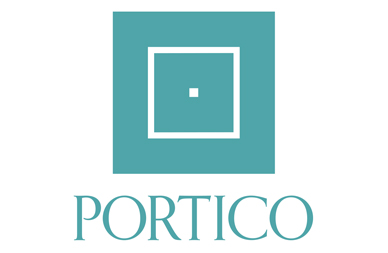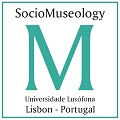Atingindo o infinito: combinatória e aleatoriedade na obra de Jesús Soto
Resumo
Este artigo aborda duas questões centrais no estudo da obra do artista cinético latino-americano Jesús Soto (1923-2005): o uso de métodos combinatórios para gerar novos esquemas de estruturação da imagem, renunciando aos conceitos tradicionais de harmonia e composição, e a incorporação de elementos aleatórios na configuração das obras, com o intuito de multiplicar ad infinitum as possibilidades de performance das mesmas. A análise da produção do artista permitiu reconhecer a repetição, a permutação e a liberdade de ação como ideias fundamentais no processo de configuração formal e conceitual das obras. Assim, fruidor e obra artística agem como uma unidade cujo dinamismo é apenas uma parcela de um domínio físico mais extenso.
Palavras-chave. Arte latino-americana, arte cinética
Downloads
Política para Periódicos de Acesso Livre
Autores conservam os direitos de autor e concedem à revista o direito de primeira publicação, com o trabalho simultaneamente licenciado sob a Licença Creative Commons Attribution que permite a partilha do trabalho com reconhecimento da autoria e publicação inicial nesta revista.













